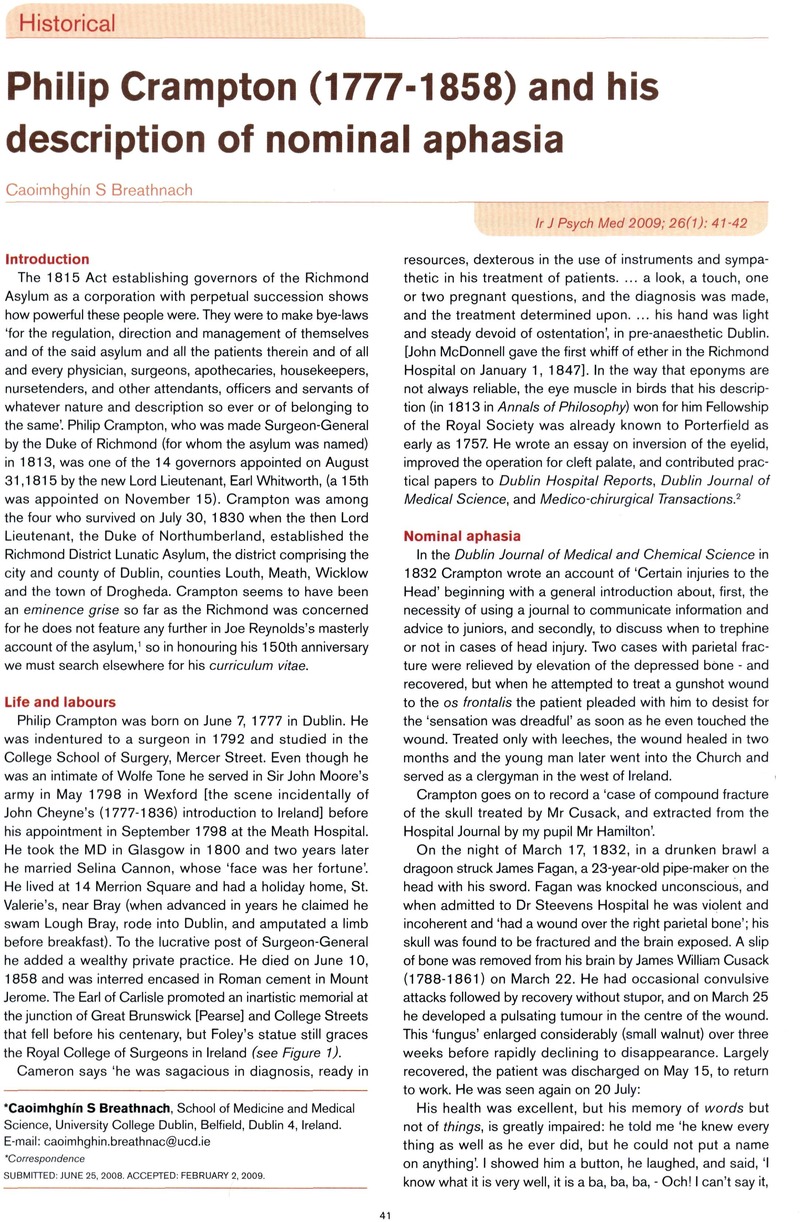Crossref Citations
This article has been cited by the following publications. This list is generated based on data provided by Crossref.
Kelly, Brendan D
2010.
The Irish Journal of Psychological Medicine: looking to the future.
Irish Journal of Psychological Medicine,
Vol. 27,
Issue. 4,
p.
170.
Kelly, Brendan D
2012.
The Irish Journal of Psychological Medicine and the College of Psychiatry of Ireland.
Irish Journal of Psychological Medicine,
Vol. 29,
Issue. 1,
p.
3.





